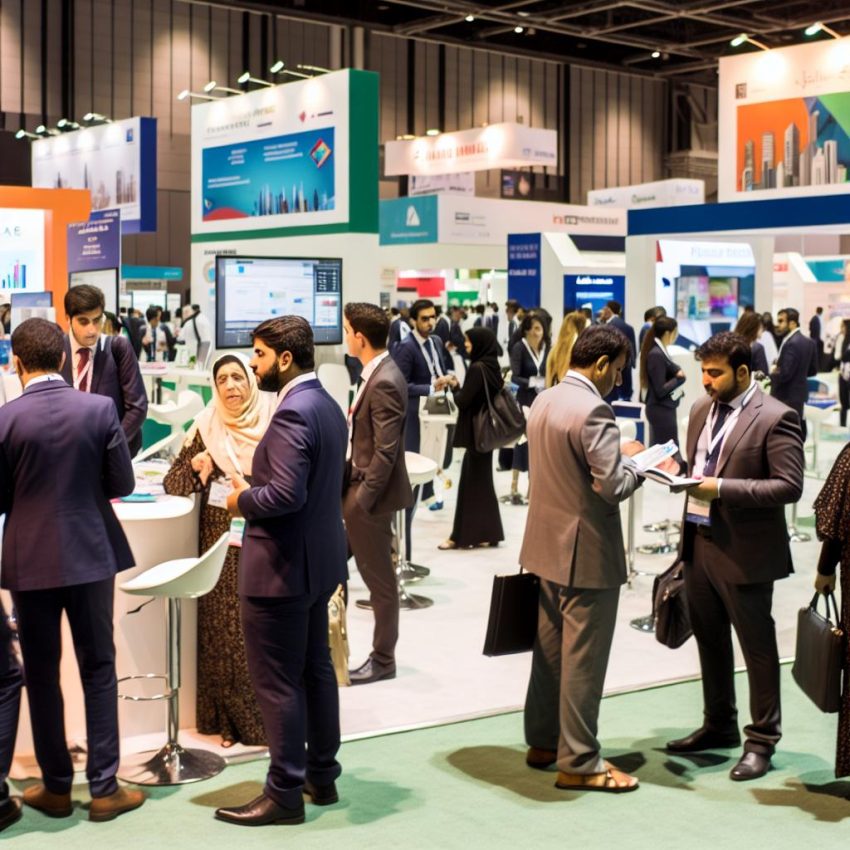Understanding the Significance of Financial Trade Shows
Financial trade shows play an integral role for those in the finance industry by acting as conduits for personal and professional development. They serve not only as platforms to learn about emerging trends but also as venues to meet thought leaders and network with peers. This multifaceted approach benefits attendees in numerous ways—ranging from gaining new insights to forming valuable industry connections. In order to maximize the benefits that these events offer, a strategic approach is crucial.
Research and Select the Right Trade Show
Choosing the right trade show is foundational to a successful experience. The financial industry hosts a variety of trade shows, each focusing on different aspects of the field such as banking, financial technology, investment strategies, or compliance. The first step involves conducting thorough research to differentiate between these numerous offerings. One of the most straightforward ways to do this is by visiting the official websites of these events.
Once there, delving into the specifics of the event’s focus, exhibitors, and scheduled sessions is imperative. Many trade shows offer detailed information about featured speakers, participating companies, and session topics. This information is invaluable in identifying whether the trade show’s offerings align with your professional objectives. Once you have identified an event that meets your criteria, clearly define your goals for attending. This will inherently contribute to tailoring your trade show experience to best serve your needs.
Plan Your Schedule
With multiple sessions and concurrent events, planning your schedule becomes an essential exercise in logistics. An attendee must sift through the trade show’s agenda to identify seminars, workshops, and presentations that align with their areas of interest. Time management is key here, particularly considering the physical layout of the venue, which might require traveling between sessions in a sprawling conference center.
Many trade shows understand the need for precise scheduling and therefore provide mobile apps or downloadable schedules. These tools are extremely useful in helping you organize and access your schedule effortlessly, effectively minimizing any stress related to timing. Detailed planning allows you to create a realistic schedule, ensuring you derive maximum utility from your attendance.
Networking Opportunities
A trade show offers fertile ground for building professional networks due to the diversity of perspectives and experiences in attendance. Prior to the event, identify individuals or companies that you wish to connect with. This might include industry leaders, representatives of potential partner organizations, or businesses showcasing groundbreaking solutions or products.
To prepare for these interactions, it may be beneficial to reach out through professional networks such as LinkedIn. Expressing interest beforehand can make on-the-day introductions smoother. Prepare a brief yet comprehensive introduction or “elevator pitch” that sums up your professional endeavors and aspirations succinctly. Such preparation can foster insightful and productive conversations.
Accommodation and Travel Arrangements
Trade shows often span several days, necessitating meticulous planning for travel and accommodation. Ideally, your accommodation should be in close proximity to the event venue, facilitating seamless accessibility and saving valuable time otherwise spent commuting. Consider lodging options that provide easy access to the venue via public transportation, in case walking is not feasible.
Making travel arrangements early on can often result in more economical options. Being situated nearby allows for maximum participation in all relevant trade show activities, including early morning sessions or late evening networking events, thus enriching your overall experience.
Prepare Your Materials
Preparation is essential not only for planning your schedule but also for the materials you bring. Have an ample supply of business cards and any other pertinent promotional materials at your disposal. These items serve as tangible connections, leaving a lasting impression that can lead to future collaborations.
Keep in mind that your business cards should include up-to-date contact information and clearly represent your professional brand. A meticulously prepared collection of materials will enhance your ability to form connections and establish potential partnerships.
Stay Updated and Follow-Up
The trade show environment is dynamic, with real-time happenings and discussions augmenting the formal sessions. Engaging actively on social media platforms—particularly LinkedIn and Twitter—during the event is recommended. Look out for specific hashtags associated with the event as this enhances visibility and keeps you informed about ongoing conversations.
After the trade show, remember to follow up with the contacts you have made. Personalized messages expressing appreciation and reiterating the main discussion points can reinforce these nascent relationships. Prompt follow-ups not only solidify connections but also set the groundwork for potential collaborations.
Continual Learning and Engagement
The conclusion of a trade show does not mark the end of the benefits it provides. It is imperative to continually engage with the information and connections acquired. Review the sessions you attended to distill valuable insights and delineate action items applicable to your professional path. Following the event, maintain ongoing communication with contacts and apply any valuable information or strategies learned.
By utilizing the knowledge and connections obtained, you contribute to your professional development and maintain robust industry relationships. An enriching trade show experience often extends beyond the event itself, imbuing your professional endeavors with fresh insights and expansive networks. This comprehensive engagement amplifies the value that financial trade shows offer, reinforcing their significance in the evolving landscape of the finance industry.
This article was last updated on: April 6, 2025
